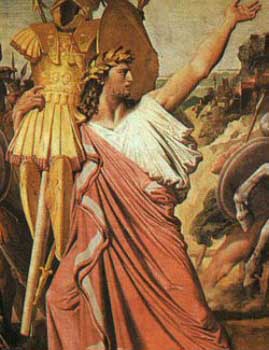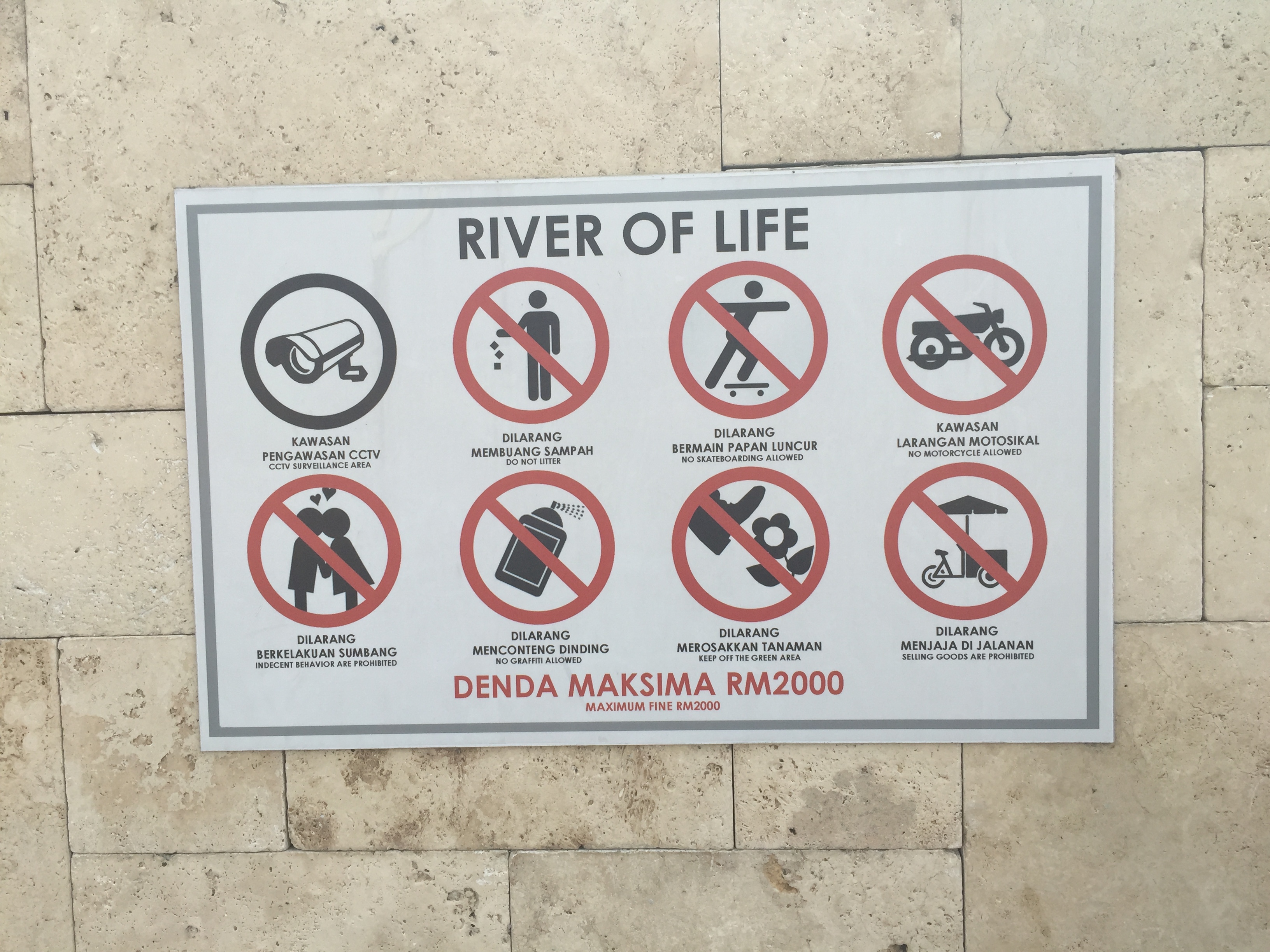For an annotated list of previous posts in this series see the archived page:
Daniel Gullotta’s Review of Richard Carrier’s On the Historicity of Jesus
Daniel Gullotta criticizes Richard Carrier’s purported argument that the first canonical gospel (the Gospel of Mark) constructs its Jesus primarily as a counterpoint to the Greek hero Odysseus, declaring that Carrier has hewed essentially to the “discredited” arguments of Dennis MacDonald in The Homeric Epics and the Gospel of Mark. In previous posts I have attempted to demonstrate that Gullotta’s representation of Carrier’s argument on this point in particular is without foundation; in fact, it is contrary to the clearly expressed and detailed argument that Carrier in fact does make.
Gullotta concludes this section with
Yet while Odysseus was an important figure within Greco-Roman culture, Romulus and Aeneas were far more important characters. . . . .
Furthermore, although Mark does make use of sources in constructing his gospel, the most obvious source is that of the Jewish scriptures. Given the high esteem the early church held for the Jewish scriptures, along with the numerous references and allusions made by Mark and the other evangelists to them, the Hebrew Bible is obviously the primary source for Christian literary inspiration, whereas no direct quotation or reference to Homer is anywhere to be found within the Gospel of Mark.
(Gullotta, p. 339)
Anyone reading the above words would think that Richard Carrier asserted that the Gospel of Mark Jesus primarily on Odysseus instead of, say, Romulus and, more importantly, anyone from the Jewish Scriptures. But read what Richard Carrier did in fact say:
Jesus in not only the new (and better) Moses and Elijah and Elisha, he is also the new (and better) Odysseus and Romulus (see Chapter 4, §1, and Element 47), and the new Socrates and Aesop (Element 46).
(Carrier, p. 436)
Consult the index of Carrier’s OHJ and one finds the following entry for Romulus:

 There is no index entry for Odysseus.
There is no index entry for Odysseus.
Moreover, Chapter 4, §1 and Element 47 refer to seven pages(!) of discussion of the gospel parallels with Romulus, whom Gullotta said Carrier “should”(!) have compared with Jesus, not noticing that he in fact did — in far more extensive detail than he did with Odysseus.
Carrier early in his discussion of the gospels does indeed point out how the Roman poet Virgil drew upon and changed incidents in the epics of his Greek predecessor, Homer, but that is before he brings MacDonald into the discussion, and anyone who studies ancient Greek and Roman history will be familiar with the literary technique Virgil followed in imitating yet changing Homer’s stories. The same technique was evidently followed by the evangelists in their use of the Jewish Scriptures.
Gullotta appears to have dozed through well over forty more pages (as we began to address in the previous post) in which Carrier discussed gospel comparisons with characters from the Jewish Scriptures!
I cannot understand how Gullotta could have written such a totally false portrayal of what Carrier in fact argued. We cannot doubt that he read the book he reviewed. We cannot doubt that he has at minimum average reading comprehension and attention span. So how is it that he could write such a patently false portrayal of Carrier’s work?




